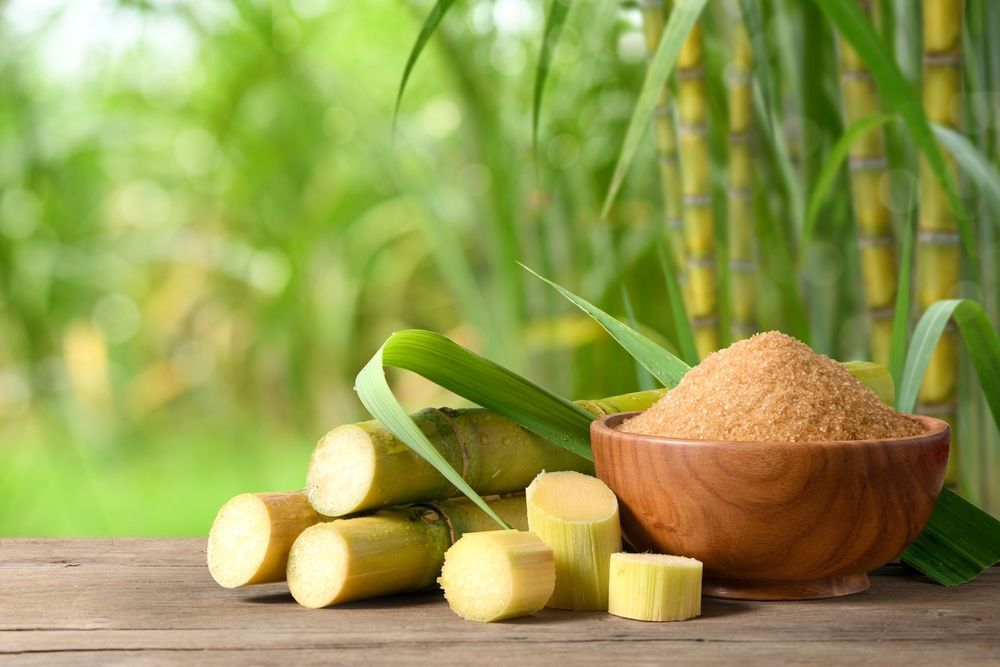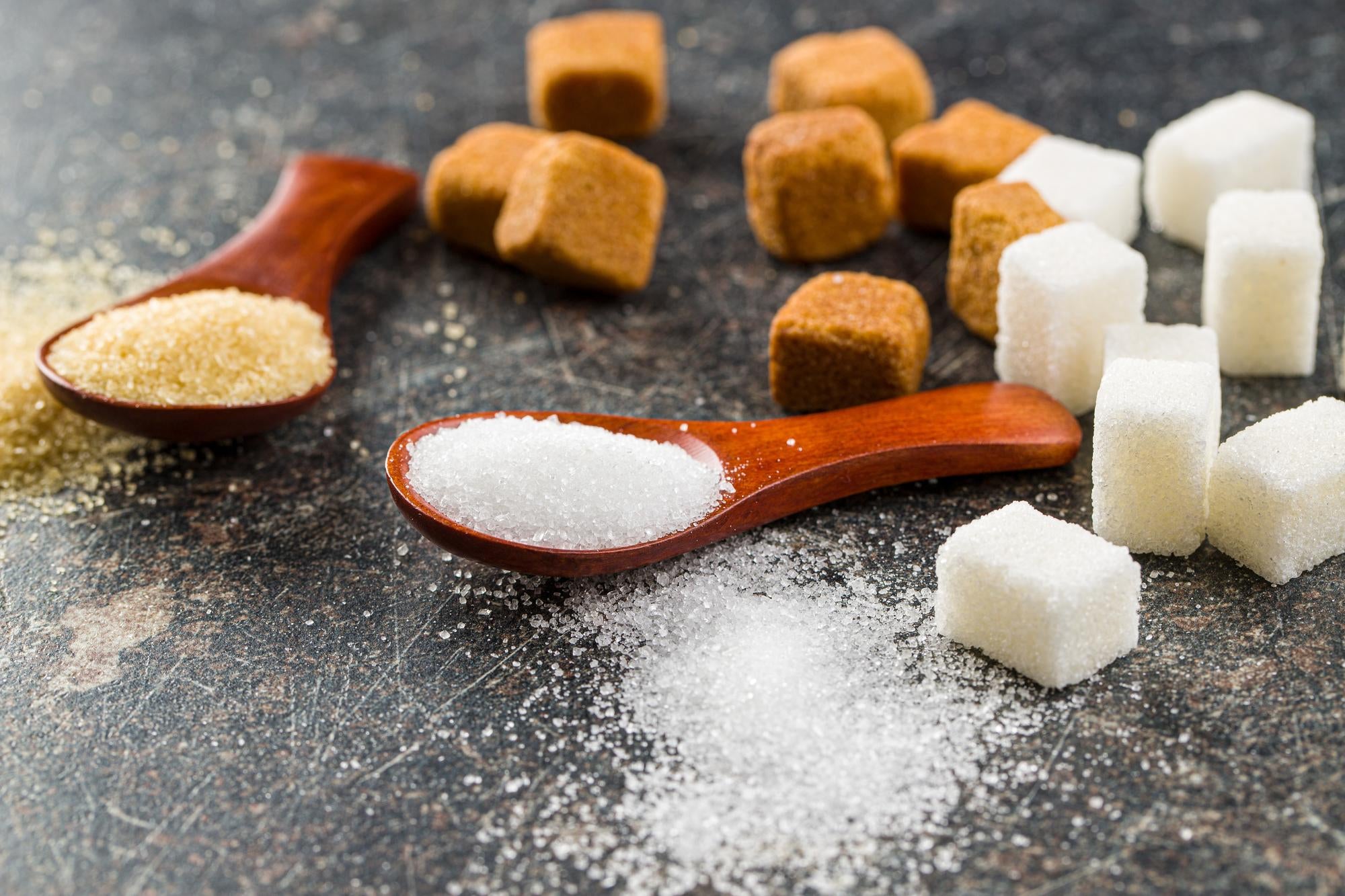The sourcing of beet sugar vs cane sugar affects eco-friendliness in the sugar industry.
The sourcing of beet sugar vs cane sugar affects eco-friendliness in the sugar industry.
Blog Article
Discover the Uses and Benefits of Beet Sugar Vs Cane Sugar in Your Daily Diet Plan
Discovering the unique high qualities of beet and cane sugar discloses greater than just their sweetening capabilities; it highlights their special impacts on health and culinary arts. Beet sugar, understood for its refined flavor, is commonly preferred in delicate treats, whereas cane sugar, with its tip of molasses, includes richness to durable recipes. Each kind holds its very own nutritional account and glycemic implications, inviting a much deeper understanding of their functions in a balanced diet regimen and lasting consumption techniques.
Origin and Production Procedures of Beet and Cane Sugar

The distinct climates and soil types required for expanding sugar beetroots and sugarcane add to distinctions in their farming techniques and geographical distribution, affecting the economics and sustainability of their manufacturing. beet sugar vs cane sugar.
Nutritional Comparison In Between Beet Sugar and Cane Sugar
Despite stemming from different plants, beet sugar and cane sugar are nutritionally very similar, both mainly containing sucrose. Each provides regarding 4 calories per gram, converting to about 16 calories per teaspoon. Structurally, both sugars are composed of approximately 99.95% sucrose, with minimal quantities of other materials like wetness and trace minerals, which do not substantially change their nutritional accounts.

Eventually, when selecting between beet sugar and cane sugar based upon dietary material alone, both deal similar advantages and drawbacks as they are essentially forms of the exact same particle-- sucrose, offering quick energy without various other nutrients.
Influence On Health: Glycemic Index and Caloric Material
Discovering better right into the effects of beet sugar and cane sugar on wellness, it is essential to consider their glycemic index and calorie content. Both sugars are identified as sucrose, which is composed of sugar and fructose. This make-up leads them to have a comparable influence on blood sugar level degrees. The glycemic index (GI) of both beet and cane sugar is around 65, classifying them as high-GI foods, which pop over to this web-site can create fast spikes in blood sugar degrees. This is a crucial element for individuals handling diabetes mellitus or those attempting to support their energy degrees throughout the day.
Each sort of sugar contains around 4 calories per gram, making their caloric material equivalent. For those monitoring calorie consumption, particularly when handling weight or metabolic health and wellness conditions, comprehending this equivalence is important (beet sugar vs cane sugar). Nonetheless, extreme intake of any type of high-calorie, high-GI food can add to health and wellness concerns such as obesity, heart illness, and insulin resistance.
Environmental and Economic Considerations of Sugar Manufacturing
Beyond health and wellness effects, the manufacturing of beet and cane sugar additionally raises significant environmental and economic worries. Sugar beet growing tends to call for cooler environments and has a reduced geographical footprint compared to sugar cane, which grows in tropical areas. Both crops are intensive in terms of water use and land profession, potentially leading to deforestation and water deficiency. Financially, the global sugar market is very unstable, influenced by modifications in global trade policies and subsidies. Lots of countries incentivize sugar manufacturing through financial backing, skewing market costs and influencing small-scale farmers negatively.
Additionally, using chemicals and fertilizers in both beet and cane sugar growing can lead to dirt degradation and contamination, additional impacting biodiversity and neighborhood water bodies (beet sugar vs cane sugar). The choice between cultivating sugar beet or cane usually rests on local environmental problems and economic aspects, making the sustainability of sugar production straight from the source an intricate issue
Culinary Applications and Flavor Differences
While the ecological and economic facets of sugar production are indeed substantial, the selection in between beet and cane sugar click here for more likewise influences cooking applications and taste profiles. Beet sugar, stemmed from the sugar beet plant, is understood for its extremely neutral taste. This makes it a versatile active ingredient in baking, where it does not alter the flavor of various other parts. It dissolves promptly and is optimal for use in cakes, cookies, and pastries.
Cane sugar, extracted from sugarcane, frequently maintains molasses traces, which pass on a distinctive splendor and deepness. This slight molasses flavor improves the complexity of baked items, sauces, and marinates. It is especially favored in products where a sugar touch is desired, such as in brownies or gingerbread. In addition, the small variant in wetness content in between beet and cane sugar can impact the texture and uniformity of dishes, making cane sugar a favored selection for particular dishes that benefit from its one-of-a-kind residential or commercial properties.

Final Thought
To conclude, both beet and cane sugar have distinct beginnings and production processes, offering comparable dietary accounts with mild differences in salt material and flavor. While their effect on health, specifically pertaining to glycemic index and calories, is similar, the selection in between them commonly boils down to environmental, financial factors, and details culinary requirements. Understanding these elements can assist consumers in making educated choices that line up with their health and wellness objectives and flavor preferences.
Report this page